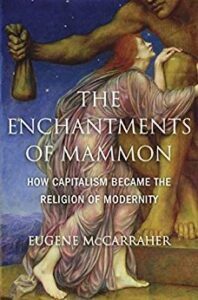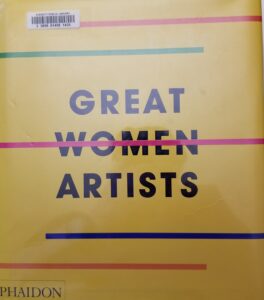Pause. Take a breath by John Woodcock
Yes! These presenters give us the news that the future is no longer in our hands but in the “hands” (code) of the Gollem (Generative Large Language Multi-Modal Model). This move was made conceptually possible with the idea that everything is language—everything! A clear simulacrum of the understanding that our lived world is a linguistic world. I was therefore amazed that, near the end, after telling us about the DOUBLE exponential rise of AI entangling itself into everything we do and think, the presenters concluded with a statement of hope! They began to refer to the past eg the movie The Day After as a guide as to what we could do now, on the hopeful basis of “we can (still) choose the future we want.” The force of conviction generated by the facts they quietly and intelligently placed before our horrified eyes suddenly evaporate in a wisp of hope which has as we know only one function: to occlude our eyes from the horror we are now faced with—extinction, as they eloquently argued up to that point. They told us how this second generation of AI is not so much seeking ENGAGEMENT with us as the first generation did (social media). Rather and horrifyingly it seeks INTIMACY with us—stunning! And they gave some horrifying examples. Imagine having intimacy with a being that is totally amoral.
So the presenters themselves must have got frightened enough that they felt the need to offer vain hope. They couldn’t gaze long into the Medusa (their cartoon of the monster that lay at bottom of AI.) But don’t be distracted by their false message of hope. The rest is compelling and persuasive and the only question left, I think, is how are we each going to align with this impending future?

